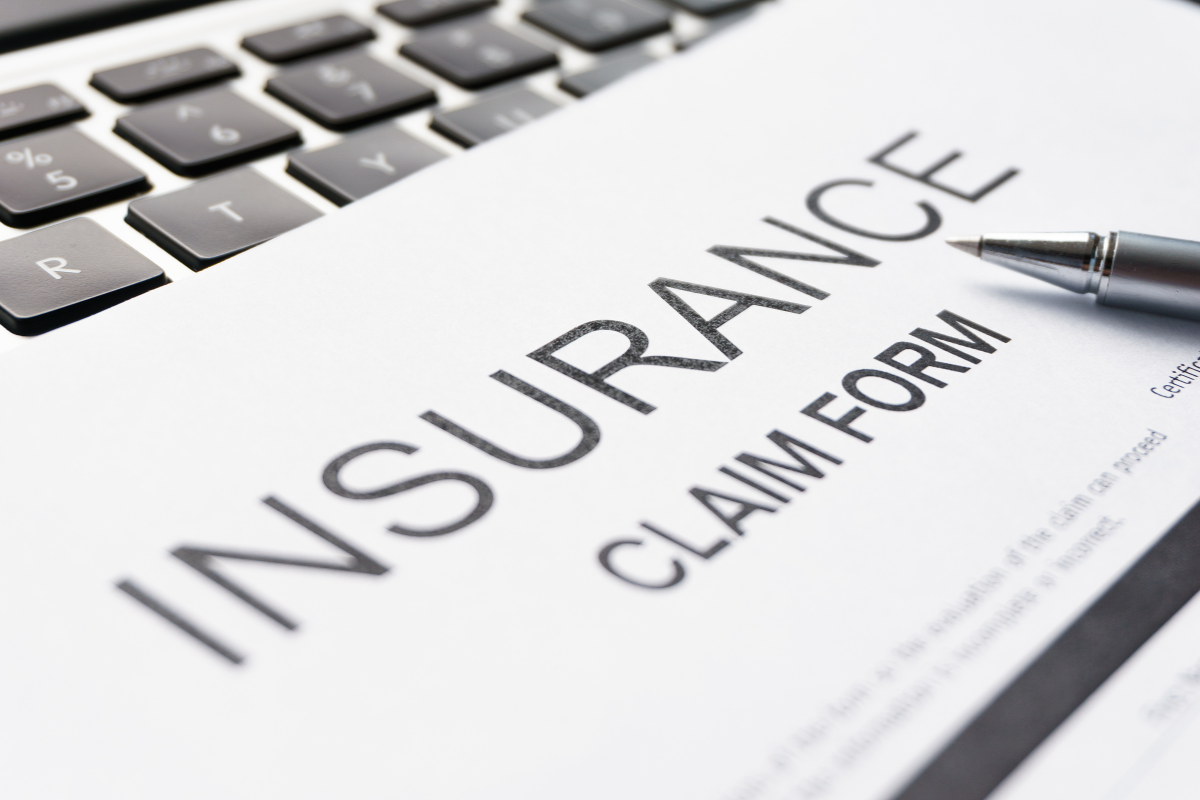When someone is catastrophically injured and needs medical attention after being involved in a car collision or any other type of emergency, every second counts. The amount of time it takes an emergency vehicle to arrive and aid an injured person can be the difference between life and death. This means that drivers on the road must clear pathways to ensure that emergency vehicles are able to respond to emergencies quickly and safely.
The problem is an alarming 71 percent of Americans are not aware that there are laws pertaining to a driver’s conduct when passing an emergency vehicle.
What exactly is an Emergency Vehicle?
An emergency vehicle is any vehicle that responds to emergencies in life-threatening situations. When there is an emergency, these vehicles will activate their sirens and lights to make others on the road aware that they need to arrive at the scene of an emergency immediately. Some examples of emergency vehicles are:
Ambulances
Fire trucks
Police vehicles
Privately owned vehicles used by firefighter or life support agencies
If any of the mentioned vehicles have their sirens activated and lights on, you need to clear the way so they can get past you safely to aid someone in danger. Depending on the situation, the law permits emergency vehicles to break road rules such as speeding or driving through an intersection when the traffic light is red in order to reach their destination as quickly as possible.
Steps You Should Take When You See an Emergency Vehicle
The SIREN protocol is a set of steps provided by the National Highway Traffic Safety Administration (NHTSA) in an effort to help drivers understand what steps to take when an emergency vehicle is nearby.
Stay alert: When behind the wheel, we should be alert at all times. Alertness does not only apply to paying attention to the road and driving without distractions. It also includes listening to your surroundings so that you will be able to hear the sirens and horns of an emergency vehicle. Because this is such an important factor when it comes to driving alert, it may mean it is time to lower your music or remove the earbuds while driving. Although driving with earbuds is not illegal in Texas, you can get a ticket for driving distracted if you fail to yield to an emergency vehicle if you don’t hear the sirens. Not to mention you may not be able to hear brakes, horns or other sounds that help prevent collisions.
Investigate: As soon as you hear emergency sirens, look to see where the sound is coming from. Use your rearview mirror and side mirrors to gauge how fast the emergency vehicle is traveling to help you identify what you will do next.
React: It is important to react quickly, however you shouldn’t put yourself in danger. Using your signal, pull over to the side of the road safely until the emergency vehicle has passed. Emergency vehicle drivers are taught to pass on the left, when it is safe to do so, drivers should pull over to the right and stop.
Enter: In these situations, it is common for more than one emergency vehicle to pass, make sure you stay alert for others before getting back on the road. Before re-entering the roadway, signal and merge with traffic when it is safe to do so. Keep in mind if you are on the side of the freeway, you will need to speed up to the flow of freeway traffic. For your safety, it is critical that you check your mirrors to ensure you have enough time to enter before another vehicle approaches at high speeds.
Never: The most important thing to be mindful of when an emergency vehicle is approaching is your safety and the safety of others surrounding you. If there is not enough room for you to pull over safely, don’t risk it. Never follow an emergency vehicle or try to pass one. You should try to remain at least 500 feet behind a moving emergency vehicle that has its sirens and lights on.
What should I do if I am approaching a Stopped Emergency Vehicle?
There are instances when emergency vehicles are stopped, aiding individuals who have been involved in an auto collision. This is one of the most dangerous acts law enforcement and first responders do in their line of duty. In fact, 46 law enforcement officers were struck and killed in traffic-related incidents in 2013 alone.
Sometimes, hurried drivers try to pass slower moving vehicles on the right. This is never a good idea. Passing on the right can lead to crashes with stopped vehicles or emergency personnel because a driver will be unable to see what is up ahead until it is too late.
If you see an emergency vehicle stopped, you should reduce your speed and if it is safe to do so, move over a lane. This is known as the Move Over Law and applies to all 50 states. If you cannot change lanes, slow down and proceed cautiously, always fully aware of all of your surroundings.
If you violate the “Move Over” law, you may be penalized. The fines and violations vary from state to state and may be as high as $500. There are certain states that will require jail time for those who violate the law.
How The Carlson Law Firm can help
If you or a loved one have been involved in a car collision, don’t go another moment without legal representation on your side. You will always be at a disadvantage in dealing with a professional claim agent whose job is to protect the company by settling your claim for the least amount possible. The Carlson Law Firm has devoted decades to protecting the rights and futures of injured victims and their families. It is important to consider both the short and long-term costs associated with injuries. Our goal is to ensure you are receiving the proper medical attention and fight for maximum compensation on your behalf. Contact us to discuss your situation and explore your legal options. We care, we can help.





